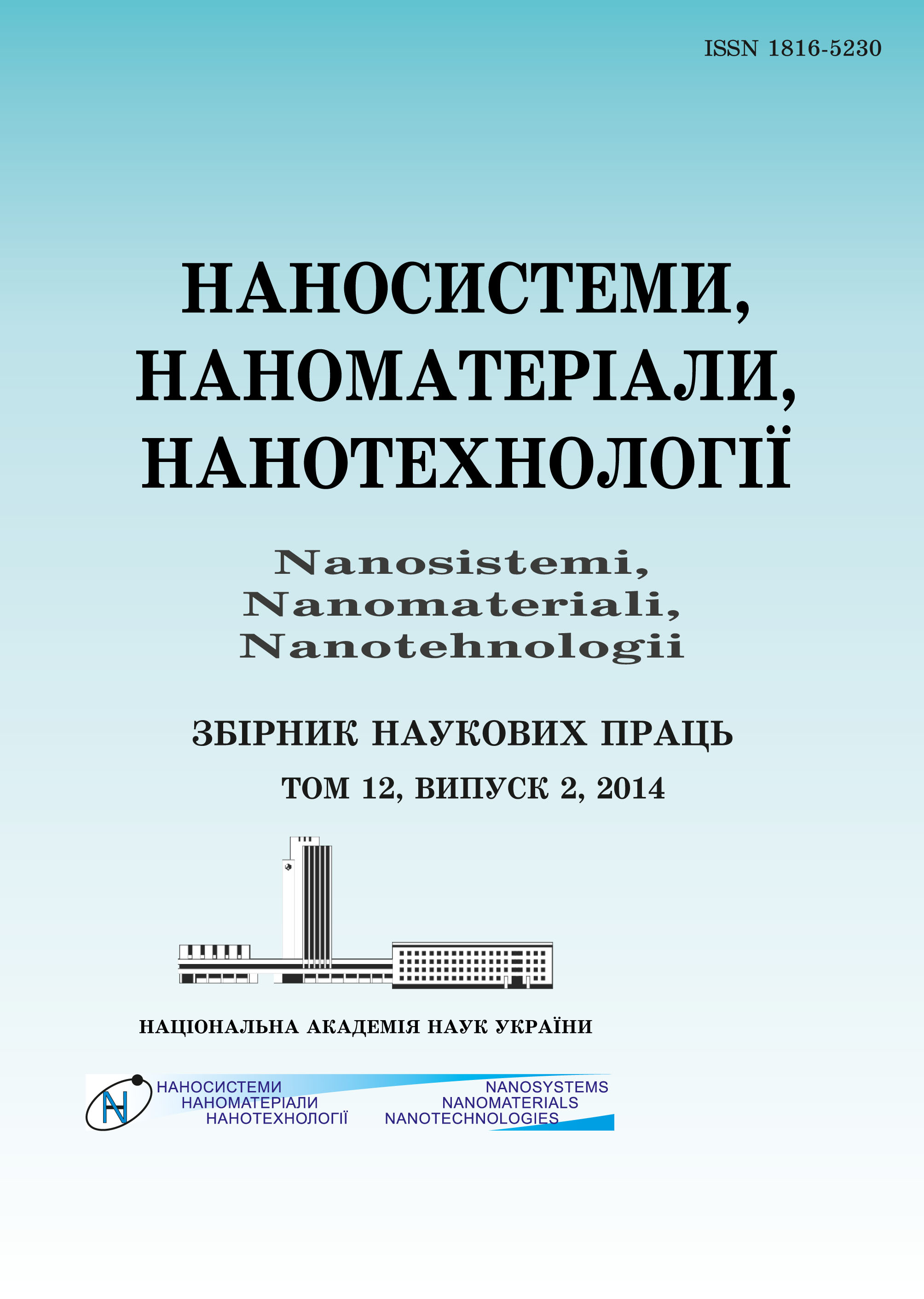Скачать полную версию статьи (в PDF формате)
Ю. С. Перец, Л. Ю. Мацуй, Л. Л. Вовченко, В. В. Козаченко
«Частотна залежність електропровідности в нанокомпозитах з бінарним наповнювачем »
565–578 (2013)
PACS numbers: 72.80.Rj, 72.80.Tm, 73.63.Fg, 81.05.ub, 81.05.uj, 82.35.Np, 84.32.Ff
The results of investigation on the frequency dependences of dc conductivity (?dc) of the two- and three-component composite materials (CM): two-component system, where graphite nanoplatelets (GNPs) are used as fillers; three-component system, where dispersed BN is used as the second filler. The ac electrical conductivity (?ac) is studied within the frequency range of?10–107 Hz at room temperature (T???293 K). As shown, the addition of boron nitride increases the electrical conductivity of CM, both with GNPs and with carbon nanotubes, and reduces the value of percolation threshold for the MWCNT???SEDM-2???27% BN CMs by 0.004 vol. fraction. Three distinct ranges of ac conductivity are detected. In the low-frequency edge (region I), conductivity corresponds to the dc value (?dc) and remains constant. Region II corresponds to the dielectric dispersion attributed to interfacial relaxation, and electrical conductivity increases with frequency by the power law ?ac???fs, where the values of s range from 0.6 to 1.0 (in our case, the scaling relation between the electrical conductivity and the reduced frequency is observed, and the value of s lies within the given limits). Region III is the saturation region. The influence of filler morphology on behaviour of the electroconductivity and percolation characteristics of the polymer–nanocarbon CMs with addition of disperse dielectric filler is ascertained. Adding of BN as a second dielectric component in nanocarbon–polymer CM leads to a percolation threshold shift as well as an increase in electrical conductivity, does not change the general view of frequency dependence of conductivity, ?ac(?) (f????/(2?)), and reduces the cut-off frequency that indicates on the lower degree of nanocarbon-filler aggregation in CMs. Analysis of frequency dependences of conductivity of polymer–nanocarbon CM within the random-walk bias model shows that the addition of boron nitride leads to disordering of GNPs in CM, while for the CMs with MWCNT, the ordering of filler is observed.
|
